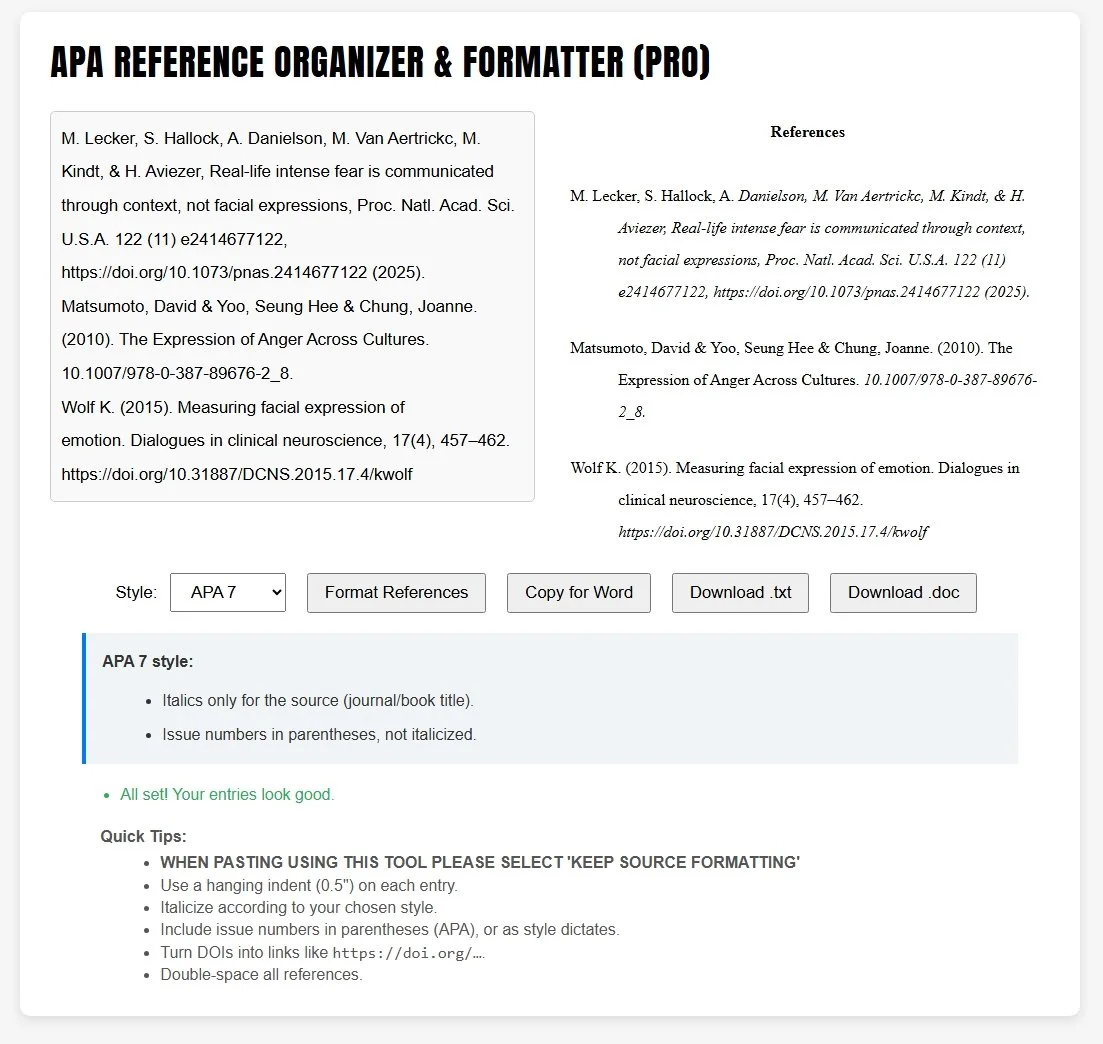How to Build Strong Arguments in Essays and Reports: A Guide for Students
Strong academic writing rests on strong argumentation. Whether you are studying psychology, sociology, business, or any discipline that relies on critical thinking, your ability to construct persuasive, evidence-based arguments is central to your success. Yet many students enter university with limited preparation in how to do this. They may describe theories accurately, present case studies, or outline research findings—but struggle to turn these elements into a coherent argument.
Understanding how to build arguments is more than an academic requirement. It is a skill that develops analytical thinking, strengthens communication, and prepares students for professional decision-making. This guide explains what strong arguments look like, how to structure them effectively, and how to avoid the most common pitfalls that weaken student papers.
1. What an Argument Actually Is (and Isn’t)
Many students mistakenly equate an argument with providing information. They assume that demonstrating knowledge—describing theories, outlining historical developments, or listing research findings—constitutes an argument. But academic argumentation involves far more than accurate description.
A strong argument always includes:
1. A clear claim
What you are asserting or proposing. This is usually linked to your thesis statement.
2. Evidence supporting the claim
This may include empirical research, data, theoretical frameworks, case studies, or credible expert opinion.
3. Reasoning that explains why the evidence supports the claim
This is the step students most frequently overlook. Evidence on its own is not an argument; it must be interpreted and connected logically to the point being made.
4. Consideration of alternative explanations
Strong arguments engage with counterpoints or limitations, demonstrating critical awareness.
Without these components, writing tends to slip into description—a common issue noted across undergraduate-level assessment (Wingate, 2012).
2. The Structure of a Strong Argument
Even when students understand what an argument is, they may struggle to structure it coherently. A useful model is the Toulmin framework, widely used in academic writing instruction (Toulmin, 2003):
a. Claim
Your main point or sub-point in a paragraph.
b. Grounds (Evidence)
The data, research findings, or examples that back it up.
c. Warrant (Reasoning)
The explanation of how or why the evidence supports the claim.
d. Backing
Additional support for the reasoning, often from theory or meta-analysis.
e. Rebuttal
Acknowledging limitations, contrasting studies, or alternative perspectives.
f. Qualifier
A recognition that conclusions are typically probabilistic rather than absolute.
A paragraph built on this model does far more than present facts; it develops a persuasive and logically coherent point. This is precisely what markers look for when assessing critical thinking (Moon, 2008).
3. Using Evidence Effectively: Quality Over Quantity
Large quantities of evidence do not necessarily strengthen an argument. In fact, including too many studies or sources without explaining their relevance usually weakens clarity. Effective argumentation requires selecting the most appropriate evidence—not all available evidence.
Key principles for using evidence well:
Use recent, high-quality sources.
Peer-reviewed journal articles, systematic reviews, and well-established textbooks carry more weight than opinion pieces or outdated studies.
Explain the evidence.
Evidence does not “speak for itself.” You must guide the reader through what the findings mean.
Integrate, don’t list.
Instead of summarising several studies in quick succession, compare them, identify patterns, or highlight contradictions.
Connect theory and evidence.
Strong arguments show how theoretical frameworks help interpret findings or explain phenomena.
Use examples strategically.
Case studies, applied examples, or short scenarios help demonstrate how abstract theory works in practice.
When students use evidence with intention—rather than as filler—their writing becomes more analytical and convincing.
4. Connecting Theory to Examples: Bridging the Abstract and the Concrete
One hallmark of strong academic writing is the ability to connect theoretical ideas to real-world applications. Psychology students, in particular, work with theories that can feel abstract until contextualised with examples.
Effective connection involves:
Introducing the theory clearly (definition, key components, relevance).
Presenting an example (case study, hypothetical scenario, or research finding).
Showing explicitly how the example illustrates the theory.
Drawing out implications for the essay question or argument.
For instance, if you are writing about cognitive dissonance, describing a study is not enough. You must explain how the study demonstrates the process, what it reveals about human behaviour, and how it strengthens your argument.
This level of explicit connection is what turns information into analysis.
5. Avoiding Common Pitfalls in Academic Argumentation
Understanding what not to do is just as important as understanding what to do. Several pitfalls routinely weaken student writing:
1. Descriptive Writing
This occurs when students repeat information without analysing or evaluating it. Description is necessary to a degree, but it must serve a larger argumentative purpose.
Ask yourself: Does this information advance my argument, or am I just recounting facts?
2. Circular Reasoning
A claim is repeated rather than supported. For example, “Behaviour X happens because people behave in this way.” Circular statements often sound confident but lack substance.
3. Overgeneralisation
Making broad claims that are not supported by evidence (“People always…” “Research proves…”). Academic writing benefits from cautious, precise language.
4. Unsupported Assertions
Statements based on opinion rather than research weaken credibility. In psychology and other sciences, claims must be grounded in evidence.
5. Irrelevant Evidence
Sometimes students include interesting studies that do not actually support their point. Relevance matters more than quantity.
6. Not Linking Paragraphs
Strong arguments flow logically. Each paragraph should build on the previous one, using transitions to guide the reader.
Addressing these issues elevates an essay from competent to excellent.
6. How to Plan and Organise a Persuasive Argument
Argumentation begins long before the writing phase. Good planning is essential.
Step 1: Analyse the question
Identify instructional verbs (e.g., evaluate, discuss, compare), key concepts, and the specific focus required.
Step 2: Develop a provisional thesis
Your thesis should answer the question directly and assert a clear position.
Step 3: Identify key themes
These become your main sections or argument strands.
Step 4: Map evidence to each theme
Choose studies, theories, and examples that support each point.
Step 5: Consider counterarguments
Strong essays often include a paragraph acknowledging limitations, alternative views, or conflicting evidence.
Step 6: Create a logical sequence
Arrange your themes so that the argument builds progressively, often from strongest to most complex.
Planning in this way ensures that every element contributes to a coherent whole.
7. Writing Analytical Paragraphs: The PEEL Approach
A useful practical structure for paragraphs is the PEEL model:
P – Point: Make a clear, arguable claim.
E – Evidence: Provide credible supporting material.
E – Explain: Interpret the evidence; link it to your argument.
L – Link: Connect back to the question and forward to the next paragraph.
This simple structure helps students avoid descriptive writing and maintain argumentative focus throughout their essay.
8. The Role of Counterarguments and Limitations
Acknowledging complexity strengthens your argument by demonstrating critical awareness. This might involve:
highlighting contradictory research
noting methodological weaknesses
offering alternative theoretical explanations
explaining why your interpretation is still justified
Counterarguments do not undermine your position; they make it more robust.
Simply put
Strong academic arguments are built, not stumbled upon. They require a clear claim, well-chosen evidence, logical reasoning, and an understanding of alternative viewpoints. Students who master these skills produce writing that is persuasive, coherent, and academically rigorous. More importantly, they develop intellectual habits—critical thinking, analysis, synthesis—that will serve them long after university.
Argumentation is not just an academic exercise. It is a life skill: the ability to evaluate information, form reasoned conclusions, and communicate them with clarity and purpose.
References
Moon, J. (2008). Critical Thinking: An Exploration of Theory and Practice. Routledge.
Toulmin, S. (2003). The Uses of Argument (2nd ed.). Cambridge University Press.










